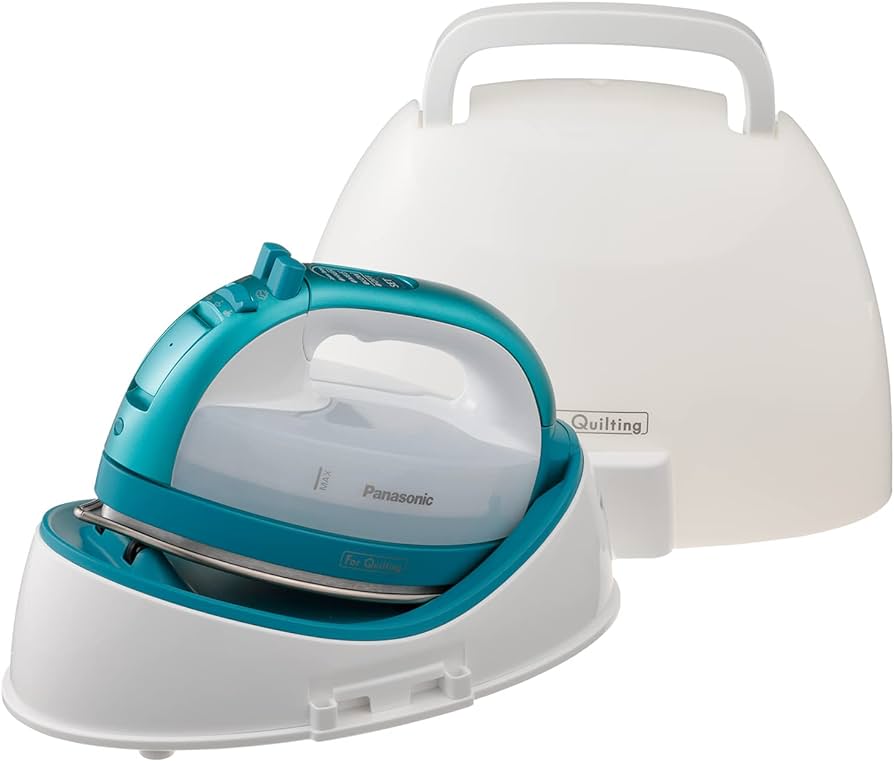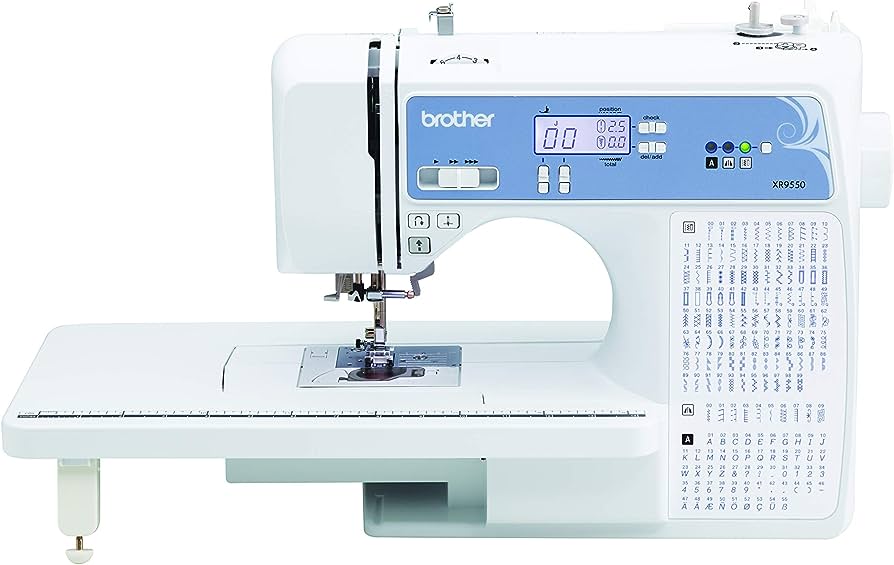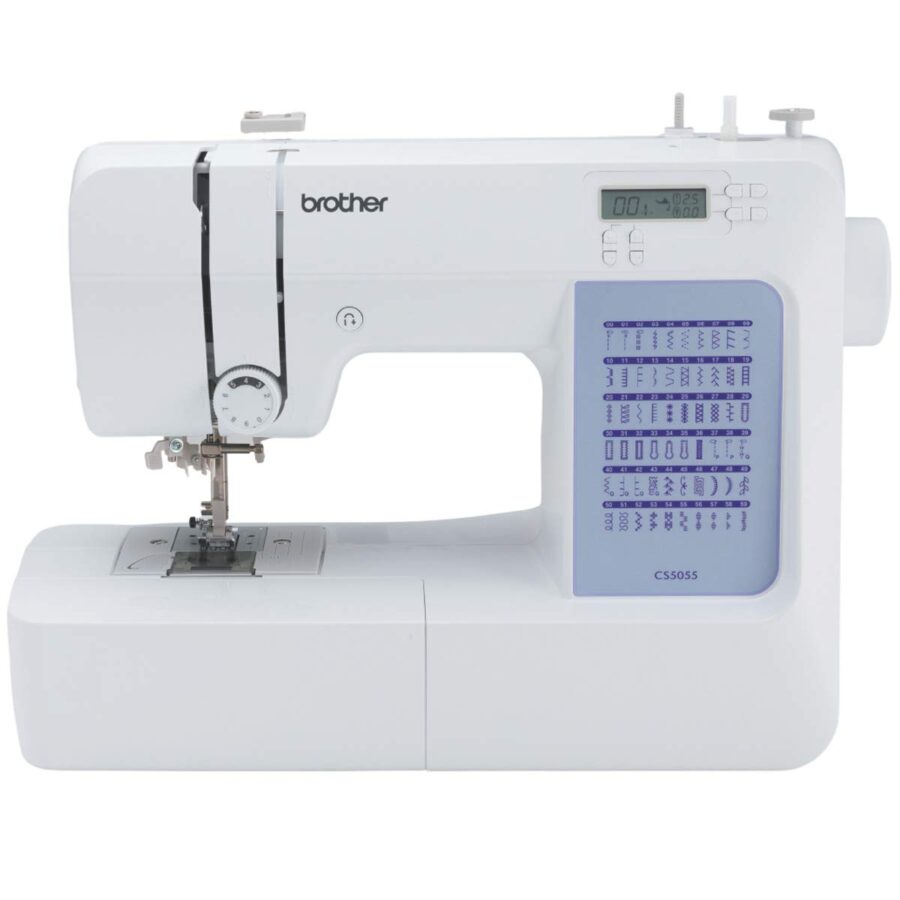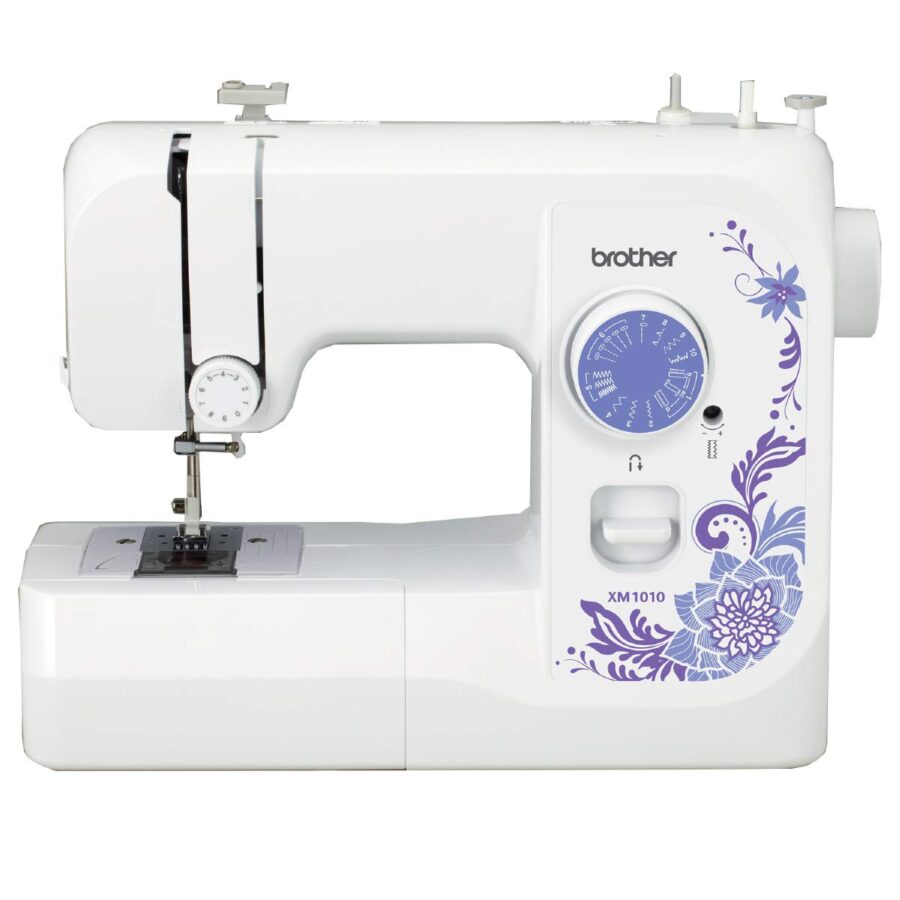Hello lovely sewing enthusiasts! ✂️ Luna here. Today, I want to share my experience about a game-changer in my sewing space: cordless irons. Yes, I decided to make the leap from corded to cordless irons and here’s my scoop on it.
The Motivation Behind The Switch
While my trusty Shark iron and the compact Steamfast Mini were serving me well, those tangled cords were a tad too much! Desiring more maneuverability in my sewing area without wrestling with cords, I did some homework on popular cordless irons. Now, I’ve two new cordless buddies: one’s my sewing companion, and the other’s taken a spot in the laundry room.
Misconceptions About Cordless Irons
Before we dive deep, it’s crucial to clear up a common misconception. While it sounds like cordless irons run solely on batteries and need no electricity at all, that’s not entirely true. ♀️
Indeed, the iron part is cordless, giving you a hassle-free pressing experience. However, the base still requires an electrical connection. So after every minute or so, the iron needs a quick re-energizing session on its base. It’s not the roaming, completely electricity-free tool some might expect.
Differences Among Cordless Irons
When I embarked on my cordless iron quest, I listed all the distinctions between the various models, and here’s a breakdown:
- Soleplate Material: Like their corded counterparts, cordless ones come in stainless steel, ceramic, or nickel-coated varieties. Choose according to your sewing needs and preferences.
- Double-Tipped vs. Single-Tipped Soleplate: Panasonic’s new cordless irons sport a cool reversible design with points on both ends. This is quite a departure from the conventional single-pointed design and can be a delight for quilters.
- Sole Plate and Reservoir Size: Pay attention to the soleplate size as it impacts your ironing speed. Also, remember that cordless irons typically have smaller water reservoirs than corded ones.
- Reheat and Initial Heat Times: No one likes waiting, so check how long an iron takes to reheat between uses and its initial heating duration.
- Duration It Remains Hot: Since they’re cordless, they’ll cool down after a while. Make sure it stays hot long enough for your needs.
- Auto Shut-off: A safety must-have, but the timings vary. Choose based on your sewing rhythm.
- Voltages and Availability: Depending on your location, ensure the iron supports your country’s voltage. Brand availability can also differ.
- Wattage: They’re usually less powerful than corded irons, but checking wattage before buying is a good idea.
- Storage Solutions: If you’re a mobile sewer, pick an iron that comes with a handy storage case.
My Cordless Iron Picks
Here are a couple of cordless irons I got my hands on and a brief on why I chose them:
1. Panasonic NI-QL1000 Cordless Iron
- Soleplate: Nickle-coated, double-tipped
- Water tank: 5.4 fl oz
- Wattage: 1500 W
- Auto shut-off: 30 min
This Panasonic model caught my attention due to its longer auto shut-off time and the detachable water reservoir. Plus, the cord retracts for easy storage!
2. Steamfast SF-760 Iron
- Water tank: 6.09 fl oz
- Wattage: 1200 W
- Auto shut-off: 8 min
It’s a budget-friendly option, but with a shorter auto shut-off time. Though it claims a rapid 7-second reheat,








